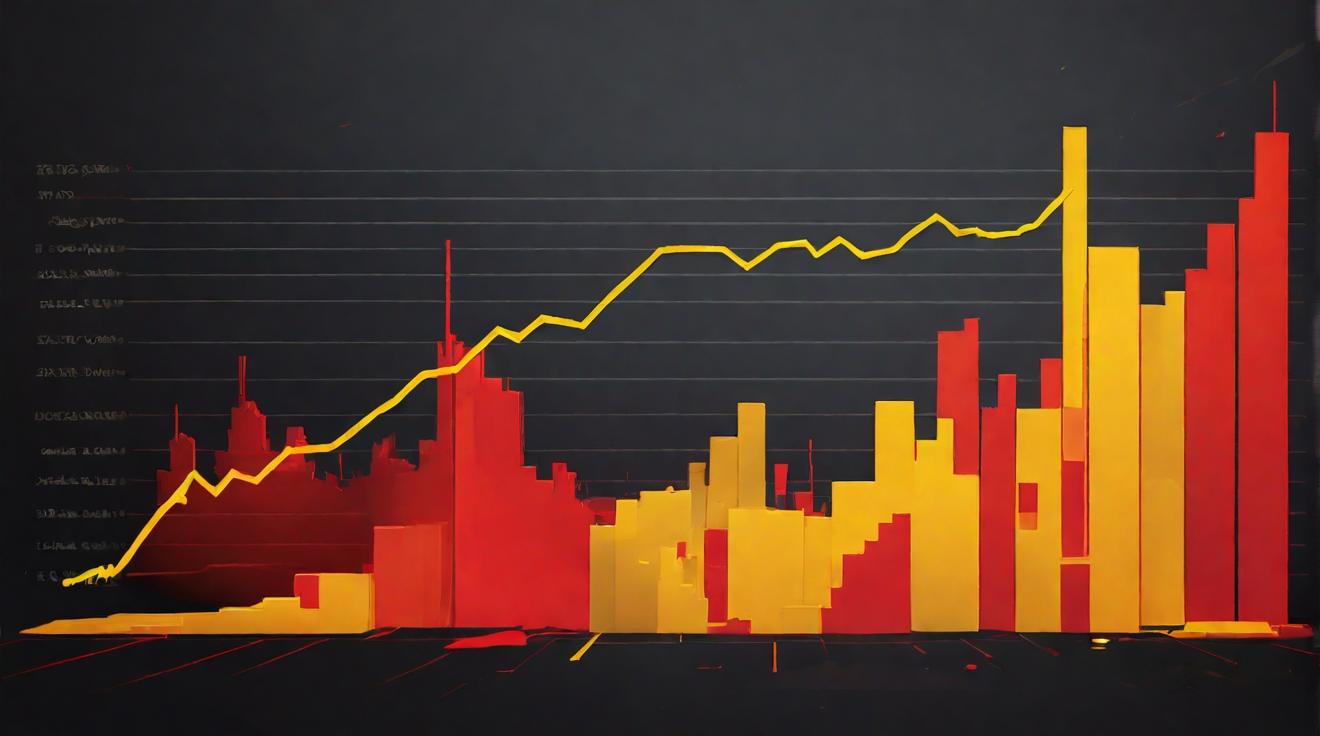US AI Safety Institute Announces Leadership Amid Controversy
The US AI Safety Institute, nested within the National Institute of Standards and Technology (NIST), has unveiled its executive leadership team, marking an end to widespread speculation. At the helm of AI safety efforts is Paul Christiano, a notable figure formerly associated with OpenAI. Christiano brought to the fore a critical AI safety method known as reinforcement learning from human feedback (RLHF). However, his prediction that AI could catalyze a "doom" scenario with a 50 percent likelihood has sparked debate and concern.
Critics worry that Christiano's appointment could introduce a bias towards non-scientific, speculative thinking into the institute, thereby possibly undermining NIST’s mission to further science, innovation, and competitive standards across industries in the United States.
Recent reports have suggested internal unrest at NIST regarding Christiano's "AI doomer" stance. A VentureBeat publication last month cited anonymous sources alleging staff dissension, with some threatening resignation over concerns that Christiano's affiliations with effective altruism and longtermism could compromise the integrity and objectivity of the institution.
Emily Bender, a University of Washington professor, criticized the inclusion of "AI doomer discourse" in governance, arguing it diverts attention from pressing ethical concerns surrounding AI, such as environmental impact, privacy, ethics, and bias.
In his defense, Christiano’s background in AI risk mitigation is robust. Having departed OpenAI to establish the Alignment Research Center (ARC), his work aims at aligning machine learning systems with human interests, ensuring AI evolves without developing manipulative or deceptive capabilities.
Despite the controversy, some experts believe Christiano is well-suited for the leadership role. Divyansh Kaushik of the Federation of American Scientists expressed support on X (formerly Twitter), highlighting Christiano's qualifications in mitigating chemical, biological, radiological, and nuclear risks tied to AI.
The leadership team is further strengthened with the inclusion of Mara Quintero Campbell, Adam Russell, Rob Reich, and Mark Latonero, bringing a diverse set of expertise to the institute.
Gina Raimondo, US Secretary of Commerce, emphasized the need for top talent to lead the nation’s endeavors in establishing global leadership on responsible AI. The formation of this executive team dovetails with the US's agenda to mitigate AI risks while maximizing its benefits, even as debates around the fear of AI-induced doom persist.
The appointment of Paul Christiano symbolizes NIST's commitment to balancing cutting-edge research with ethical considerations in AI. However, it also highlights the challenges of navigating speculative fears alongside tangible concerns, illustrating the complex landscape of AI safety and governance.
The unfolding dynamics within the US AI Safety Institute may well set precedents for how nations approach the dual imperative of harnessing AI's potential and preempting its risks.
Analyst comment
Neutral news.
As an analyst, the appointment of Paul Christiano and the formation of the executive leadership team at the US AI Safety Institute indicates a commitment to AI safety and balancing research with ethical considerations. However, controversies and concerns over Christiano’s predictions and affiliations could introduce bias and undermine the institution’s integrity. The dynamics within the institute will shape how nations navigate the challenges of AI safety and governance.













